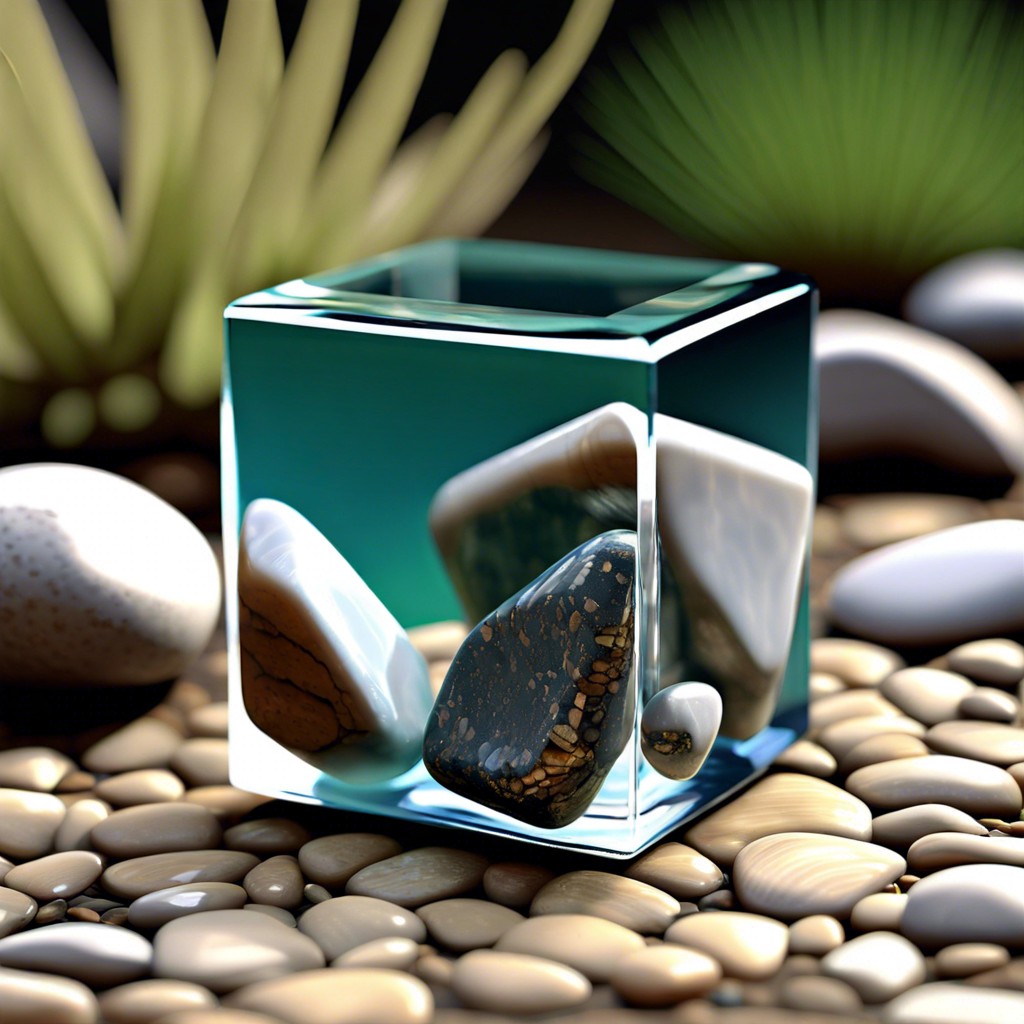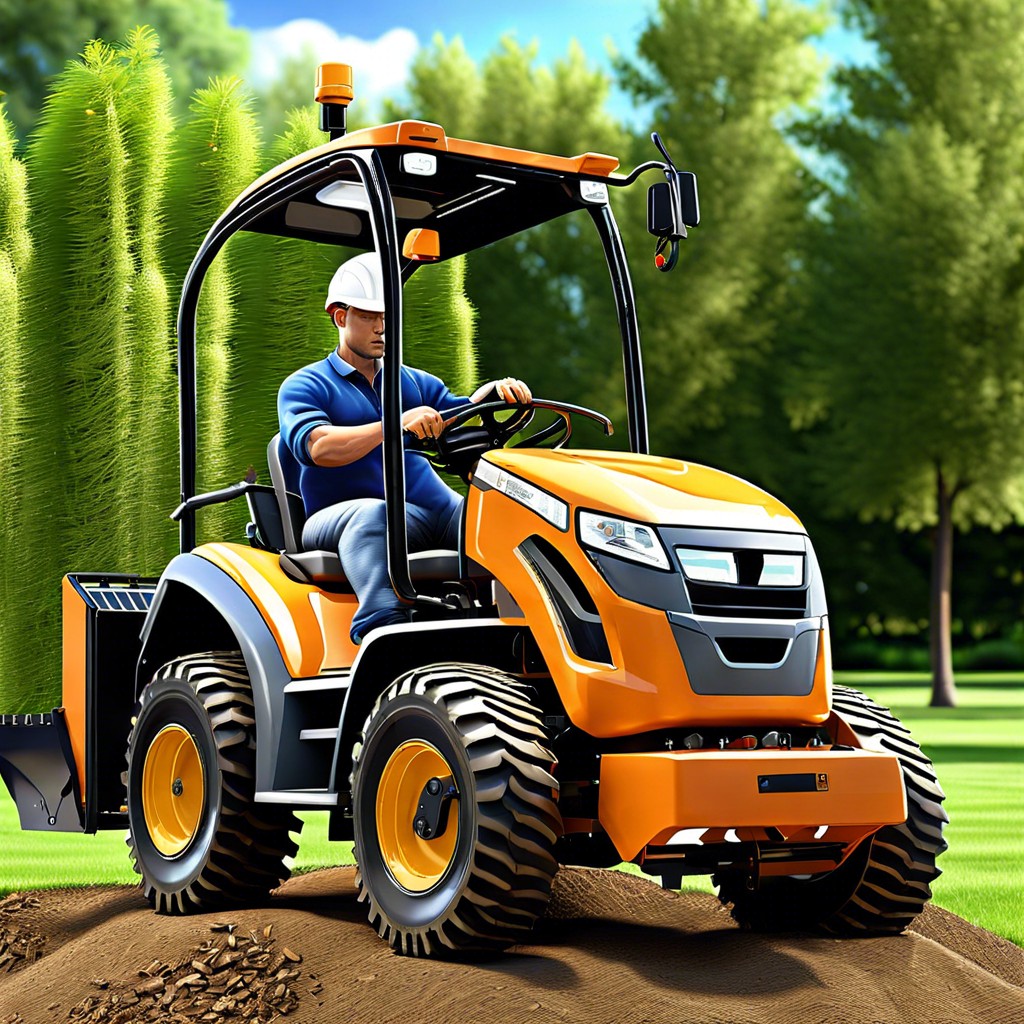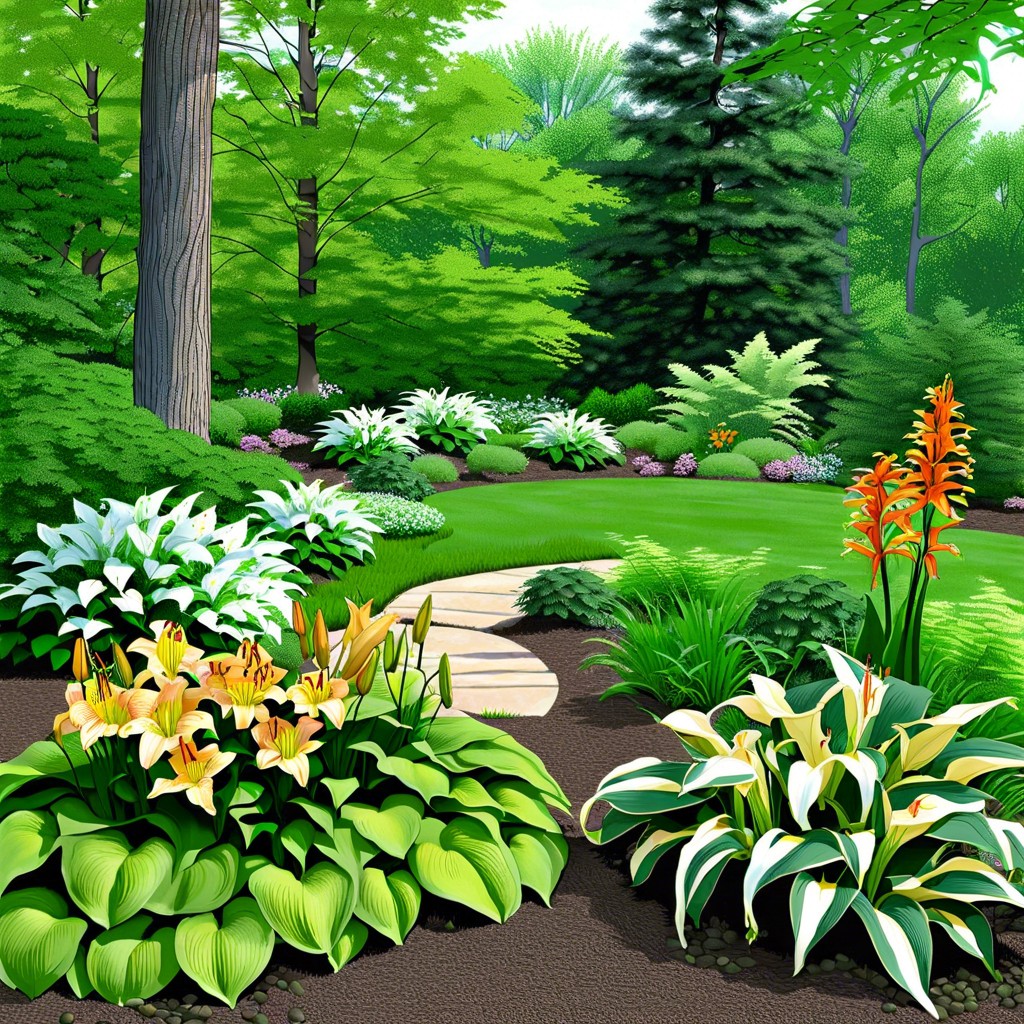The best ground covers for landscaping depend on the climate, soil, and desired look. Some popular options include creeping thyme, sedum, ivy, pachysandra, and creeping phlox.
Ground covers are an important part of any landscaping project. They provide a low-maintenance, attractive way to fill in bare spots in your landscape and help prevent weeds from taking over.
But with so many ground cover options out there, it can be hard to know which one is right for you. In this blog post, we’ll explore the best ground covers for landscaping and explain why they’re great choices.
Types of Ground Covers
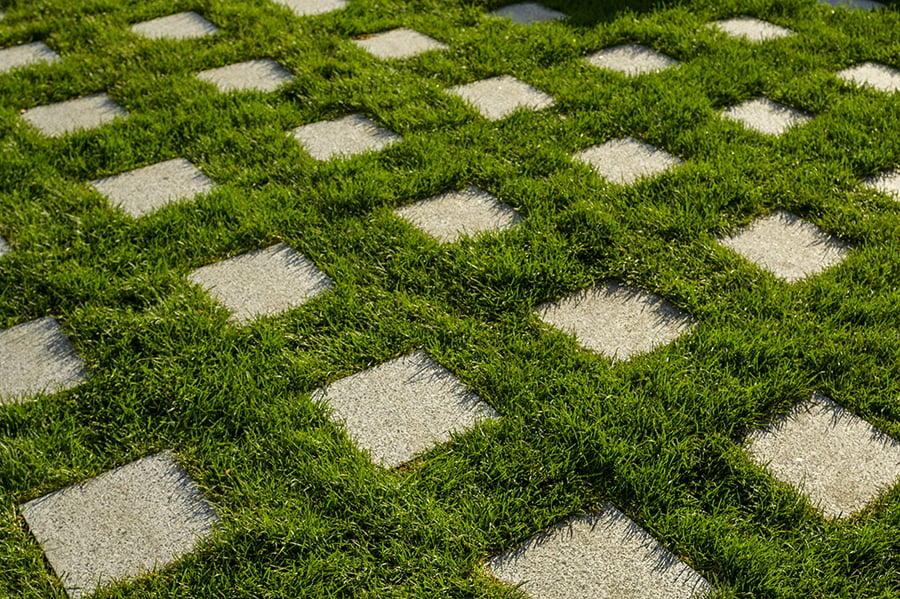
They can be used to fill in bare spots, reduce erosion, and provide an attractive alternative to grass lawns. There are many different types of ground covers available for landscaping, each with its own unique characteristics and benefits.
One type of ground cover is evergreen perennials. These plants stay green all year round and come back every spring without needing replanting or reseeding.
Examples include English ivy, pachysandra, liriope, vinca minor, and creeping phlox. Evergreen perennials provide color throughout the year and help keep weeds from taking over your garden beds or lawn areas.
Another type of ground cover is annuals or biennials such as impatiens or petunias which need to be planted each season but will bloom profusely during their growing season providing lots of color for your landscape design. Annuals also help suppress weed growth by blocking out sunlight from reaching the soil surface where weed seeds may germinate.
Finally there are ornamental grasses which can add texture and movement to a landscape design while still providing coverage on the ground level like other types of ground covers do. Ornamental grasses come in many varieties including fountain grasses which have cascading foliage that moves gracefully in the breeze; tufted hairgrass with its soft feathery plumes; mondo grass with its dense clumps; blue fescue with its silvery-blue blades; Japanese forest grass with its arching leaves; and more!
Soil Requirements

The type of soil in which a ground cover is planted will determine how well it grows and thrives. Different types of soils have different levels of nutrients, moisture, and pH that can affect the growth rate and health of a plant.
For example, some plants prefer acidic soil while others thrive in alkaline soil. Certain types of soils may be too sandy or clay-like for certain plants to survive in them.
Therefore, it is important to select a ground cover that is suitable for the type of soil present in your landscape before planting it.
Climate Considerations
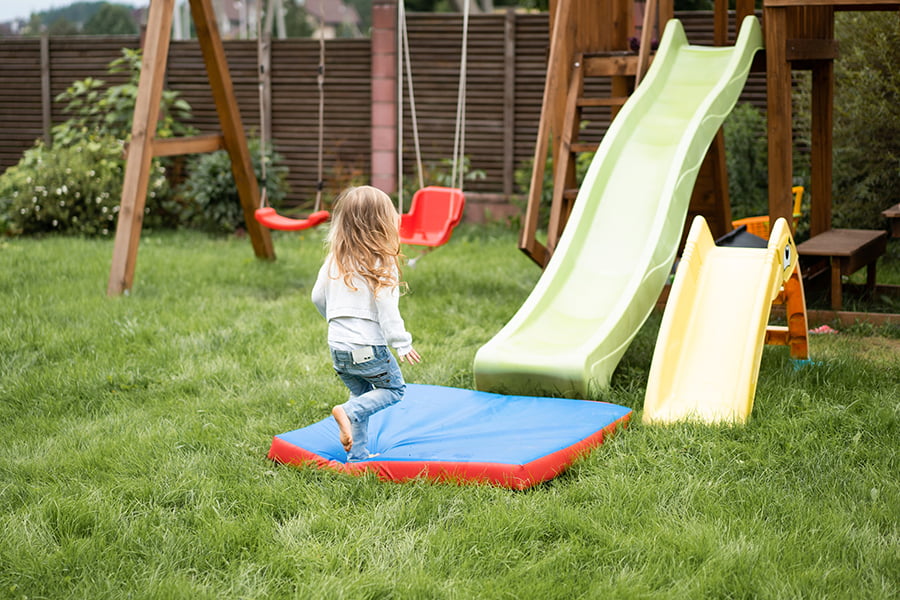
Different climates have different needs, and it is important to choose a ground cover that will thrive in the climate where it is planted. For example, some plants may require more water than others, or they may not be able to tolerate extreme temperatures.
It is also important to consider how much sunlight the area receives and whether or not certain plants can handle full sun or partial shade. Some plants may need more maintenance than others depending on their growth rate and how quickly they spread across the landscape.
Taking all of these factors into consideration will help ensure that you select a ground cover that will thrive in your particular climate.
Maintenance Needs

Ground covers are an important part of landscaping, as they provide a low-maintenance way to add texture and color to the yard. When selecting ground covers for landscaping, it is important to consider their maintenance needs.
Different types of ground cover require different levels of care and attention in order to thrive in your landscape. Some may need frequent trimming or pruning while others may be more self-sufficient and require minimal effort on your part.
It is also important to consider how much sunlight the area receives, as some ground covers prefer full sun while others do better in partial shade or even full shade. By taking into account these factors when choosing a ground cover for your landscape, you can ensure that you select one that will not only look great but also require minimal maintenance over time.
Cost

Ground covers can range in price from very affordable to quite expensive, depending on the type and size of area being covered. Inexpensive options include grasses, clover, and creeping thyme.
These are all relatively low-maintenance plants that require minimal care and will spread quickly over a large area. More expensive options include perennial flowers such as daylilies or hostas which may require more maintenance but will provide beautiful blooms throughout the season.
When selecting ground cover for your landscape, it is important to consider both your budget and how much time you have available for upkeep.
Aesthetics
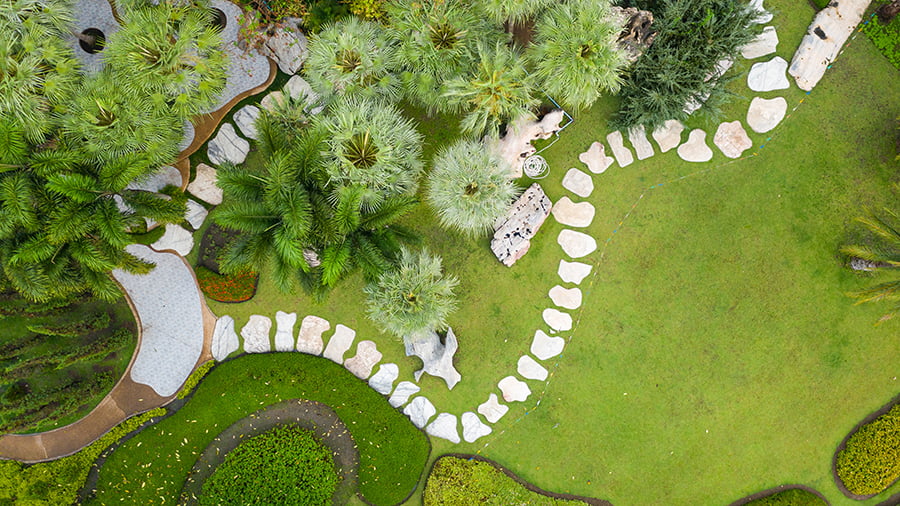
Aesthetic appeal refers to the visual attractiveness of a landscape, and it can be achieved through careful selection of plants that complement each other in terms of color, texture, and form. Ground covers are an ideal way to add beauty to a landscape as they provide low-maintenance coverage while also adding texture and color.
When choosing ground covers for aesthetic purposes, it is important to select plants that will thrive in the local climate and soil conditions as well as those that will not become invasive or require too much maintenance. Some popular choices for aesthetically pleasing ground cover include creeping thyme, sedum varieties, English ivy, vinca minor (periwinkle), pachysandra terminalis (Japanese spurge), liriope muscari (lilyturf), and Ajuga reptans (bugleweed).
